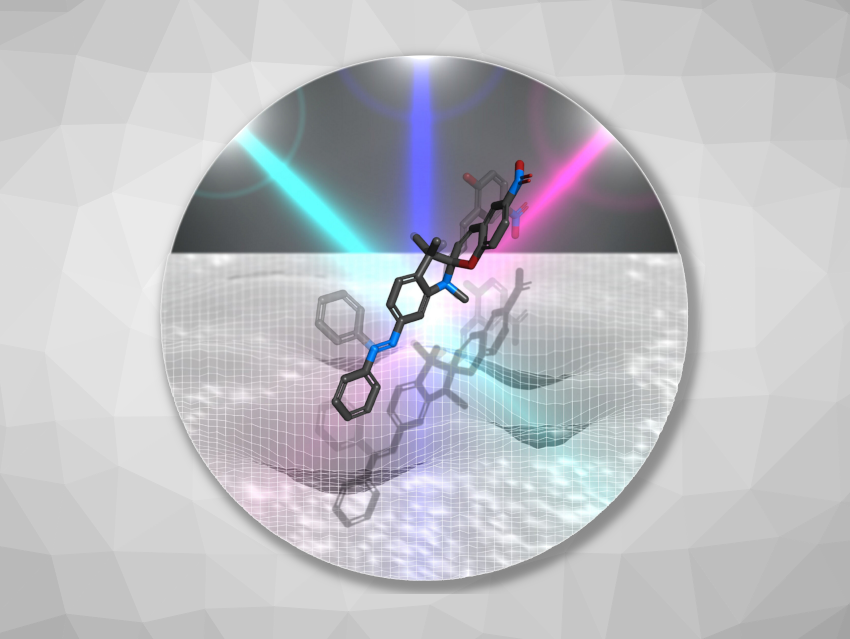In this issue, Oliver S. Wenger et al. review luminescent and photoredox-active molybdenum(0) complexes that compete with isoelectronic ruthenium(III) polypyridines. Johannes G. de Vries et al. summarize research on cobalt-catalyzed asymmetric hydrogenation, in particular substrate specificity and mechanistic variability. Bert F. Sels et al. analyze lignin valorization via O-demethylation. The Minireviews deal with structure–property interplay in microporous manganese dioxide tunnels for sustainable energy storage (Jun Lu et al.), electroluminescent clusters (Xiaojun Zhang, Hui Xu), as well as mesoscale clusters in the crystallization of organic molecules (Jennifer Cookman et al.). Leon Lefferts discusses how to leverage expertise in thermal catalysis to understand plasma catalysis in a Scientific Perspective, and Agnieszka Nowak-Król highlights the dual nature of thiophene harnessed in the design of near-infrared emitters via antiaromaticity relief.
In the original research section, Hermann A. Wegner et al. demonstrate wavelength-selective photocontrol of hybrid azobenzene–spiropyrane photoswitches with overlapping chromophores (see picture). Manfred Heuberger et al. succeeded in the ambient catalyst spinning of polyethylene nanofibers. Yuliang Cao et al. present LiNO3 electrolytes via electron donation modulation for sustainable nonaqueous lithium rechargeable batteries. Angelo Frei et al. used machine learning to predict the antibacterial activity of ruthenium complexes.
- Angewandte Chemie 10/2024: Leverage,
Angew. Chem. Int. Ed. 2024, 63 (10).
Sponsored content is not written by and does not necessarily reflect the views of ChemistryViews’s editorial staff.



